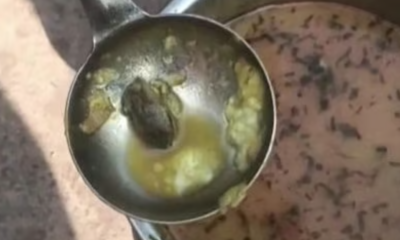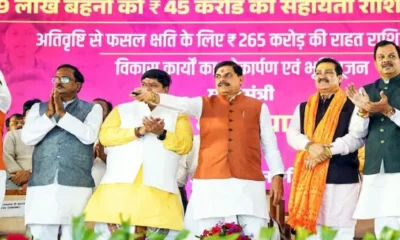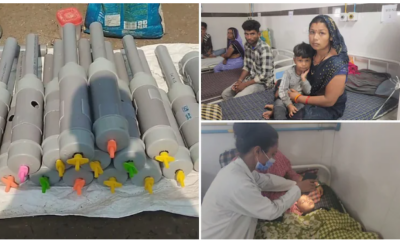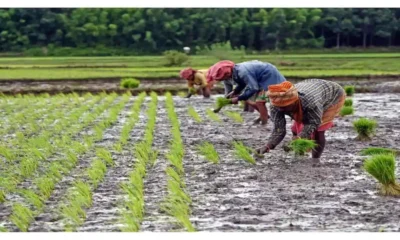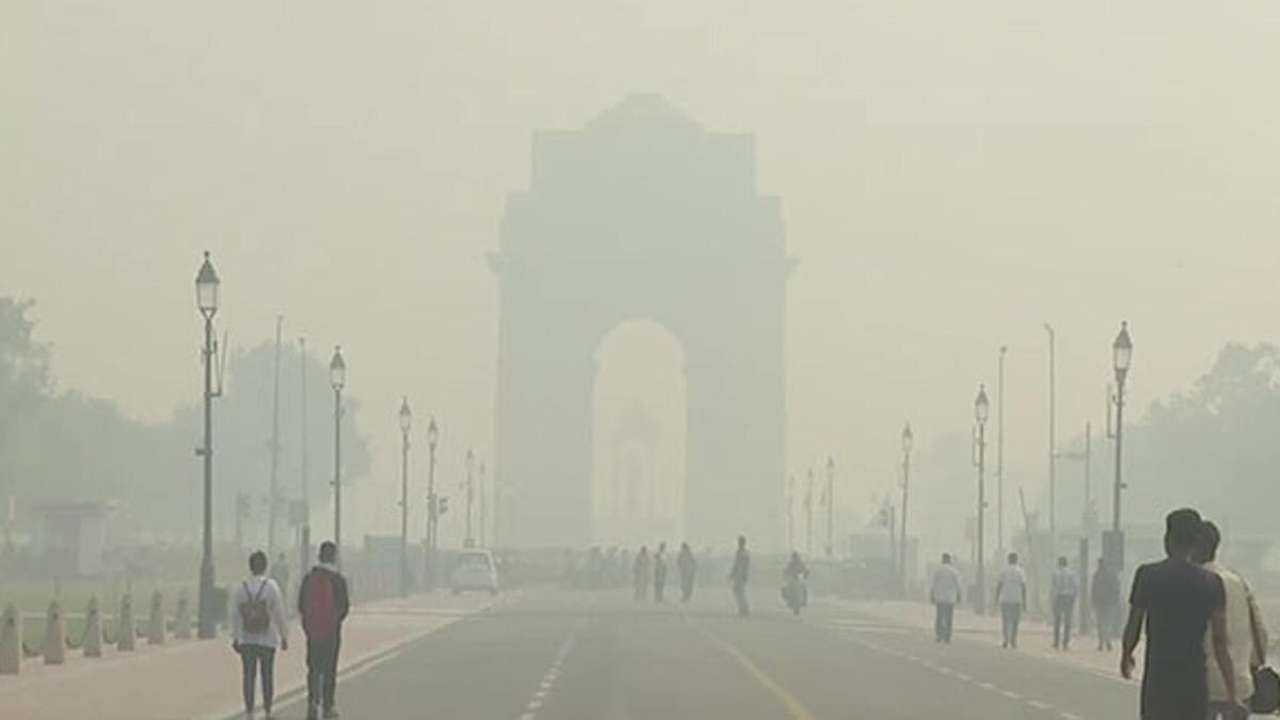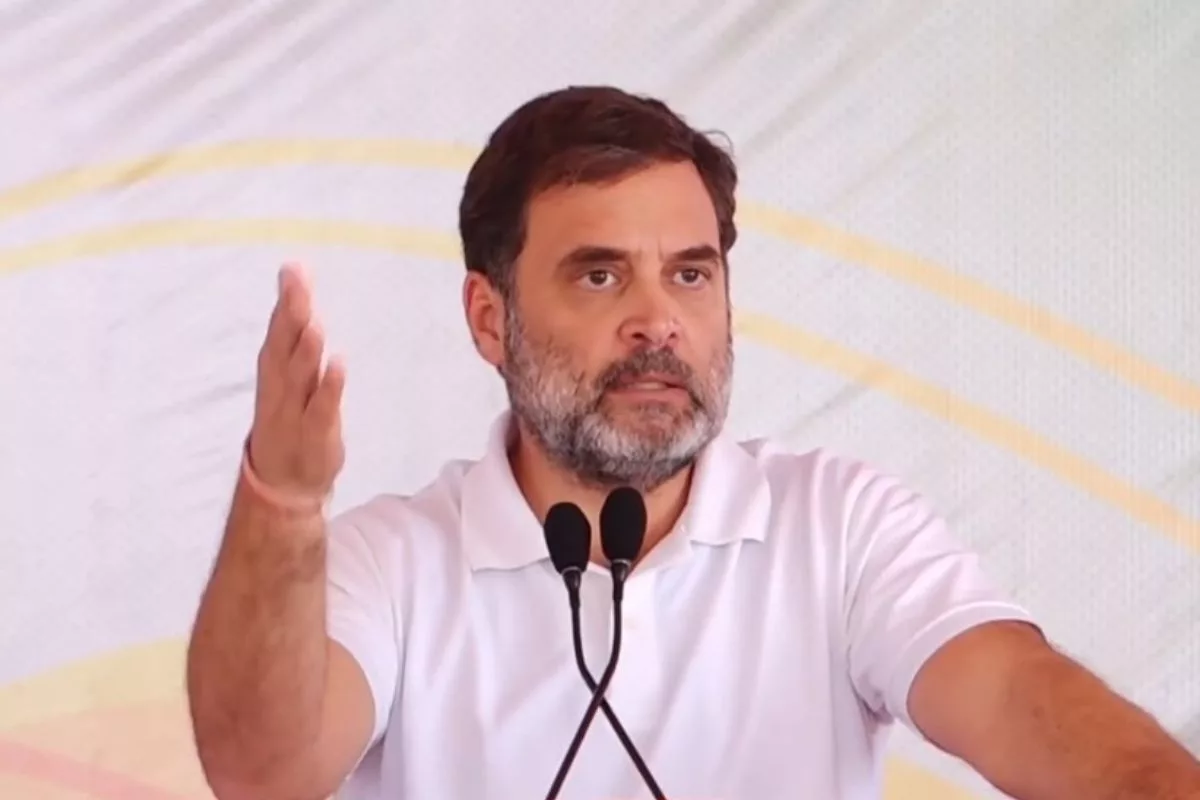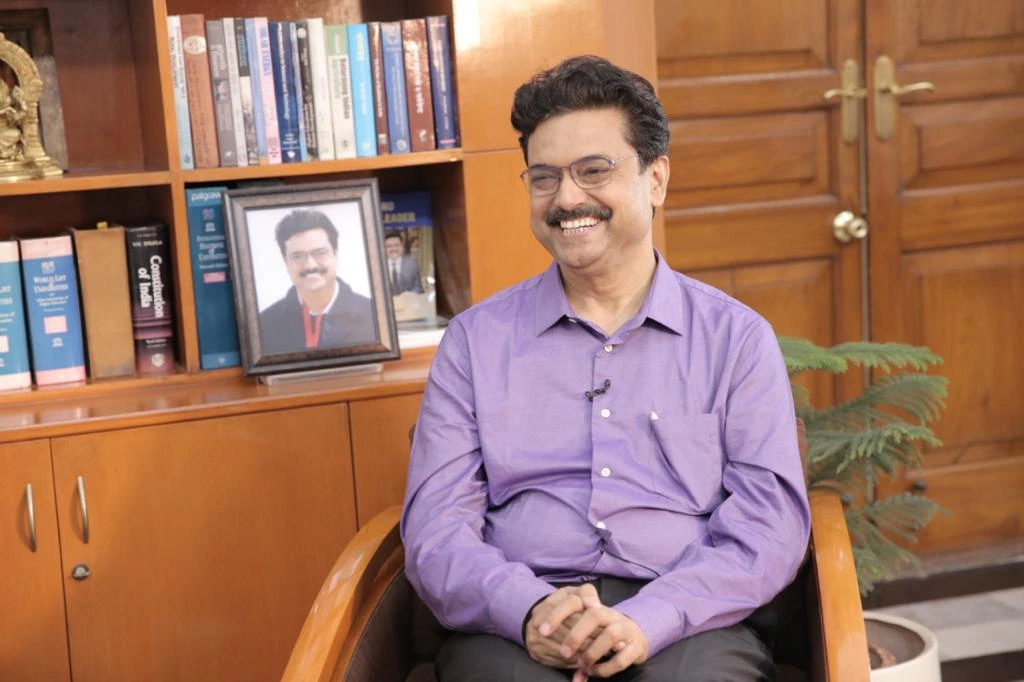India News
Farmers’ protest enters second day; vegetable and milk supplies hit, prices soar

India News
Delhi air quality plunges to severe as thick smog blankets the capital
Delhi’s air quality deteriorated sharply with AQI entering the ‘severe’ zone across several areas, prompting enforcement of GRAP stage-IV measures.
India News
Rahul Gandhi alleges institutional bias, questions electoral system during Berlin address
Rahul Gandhi alleged that India’s institutions and electoral system have been weaponised to favour the BJP, remarks that sparked a strong political response.
India News
DU VC Prof Yogesh Singh entrusted with additional charge of AICTE Chairman
-
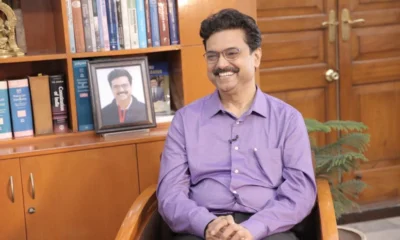
 India News20 hours ago
India News20 hours agoDU VC Prof Yogesh Singh entrusted with additional charge of AICTE Chairman
-
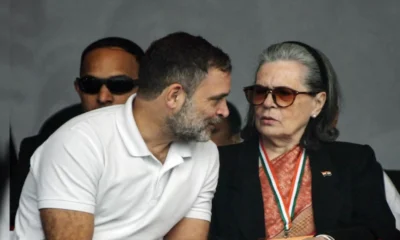
 India News22 hours ago
India News22 hours agoDelhi High Court issues notice to Sonia Gandhi, Rahul Gandhi in National Herald case
-
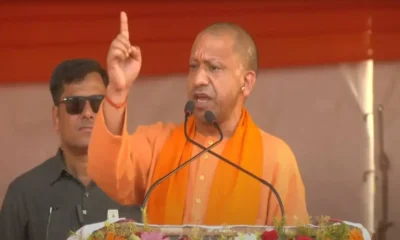
 India News23 hours ago
India News23 hours agoYogi Adityanath’s do namoone remark sparks Akhilesh Yadav’s jab on BJP infighting
-

 India News20 hours ago
India News20 hours agoGoa nightclub fire case: Court extends police custody of Luthra brothers by five days
-

 Entertainment21 hours ago
Entertainment21 hours agoDhurandhar box office day 17: Ranveer Singh film crosses Rs 555 crore, enters all-time top 10
-
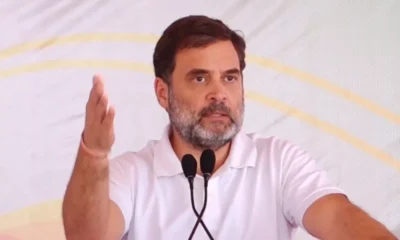
 India News3 hours ago
India News3 hours agoRahul Gandhi alleges institutional bias, questions electoral system during Berlin address
-
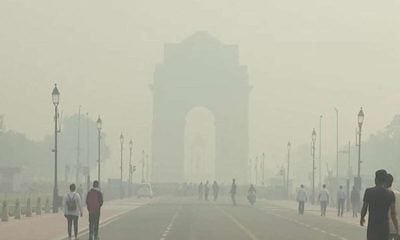
 India News2 hours ago
India News2 hours agoDelhi air quality plunges to severe as thick smog blankets the capital

